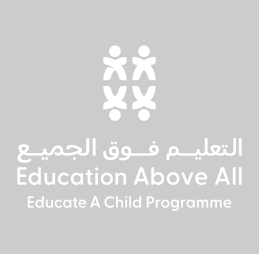Our Reach
Since its inception, EAC has supported 101 projects* in 57 countries* including in Angola, Bangladesh, Benin, Brazil, Burkina Faso, Cambodia, Cameroon, Chad, Comoros, Colombia, Côte d’Ivoire, Democratic Republic of the Congo, Djibouti, Ethiopia, Ghana, The Gambia, Guinea-Bissau, Guatemala, Haiti, India, Indonesia, Iran, Iraq, Jordan, Kenya, Lao PDR, Lebanon, Liberia, Madagascar, Malawi, Malaysia, Mali, Mexico, Myanmar, Nepal, Niger, Nigeria, Pakistan, Paraguay, Philippines, Rwanda, Senegal, Sierra Leone, Somalia, South Africa, South Sudan, Sudan, Syria, Tanzania, Thailand, Timor-Leste, Togo, Turkey, Uganda, Viet Nam, Yemen, Zambia.
UNESCO estimates that there are over 69.9 million OOSC of primary school age around the world, many of whom live in communities where EAC is active. These include:
- Children living in severe poverty and who are often pressured into working instead of going to school in Haiti.
- Children living in rural remote areas far from schooling facilities, such as nomadic populations in Mali.
- Children living in areas where the natural environment is challenging, such as the flood plains of Bangladesh.
- Children, including refugees and IDPs (Internally Displaced Persons) living in conflict-affected areas where traditional schools cannot operate, such as Syria and Yemen.
- Children living in densely populated urban areas where schools may be overcrowded and dangerous, such as the favelas of Rio de Janeiro, Brazil.
* as of June 30, 2023
The Power of Partnership
The power of partnership is critical to EAC’s operational framework. We recognise that there are many organisations already actively working to get and keep children in quality primary education programmes and have extensive knowledge of the challenges that OOSC face.
There are also organisations with expertise in raising awareness of issues, developing widespread networks and mobilising resources. It is only by bringing together the combined knowledge, skills and experiences of these organisations that we will be able to help millions of children realise their basic human right to receiving an education.
Partnerships have been central to EAC’s ability to reach over 12 million OOSC* in just a few years. This accomplishment shows that through partnerships even the most intractable global challenges can be addressed. EAC’s co-funding model, perhaps its most defining feature, promotes and necessitates partnerships. We finance projects on a co-funding basis (EAC will not provide more than 50 per cent of total project costs), as a means to share commitment and leverage limited financial resources.
* as of June 30, 2023
However, partnership to EAC is more than just a financial contribution. We leverage the expertise, experience, capacity and relationships of our partners. Partnerships come in many forms within EAC: implementing, strategic, resource and advocacy. Each partner adding different, yet complementary value. At the heart of each partnership is the desire to reach the many millions of children worldwide who are out of school.
Partnerships create greater impact – EAC could not have achieved its goal without harnessing the power of partnership.







